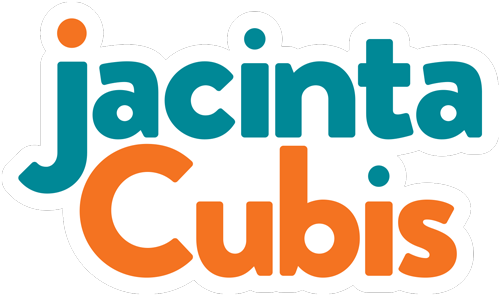How about sharing the platform to communicate?
Sharing information is a integral to engagement – with employees, stakeholders and communities.
So is sharing the platform.
I went to a community meeting recently to learn more about the huge changes coming our way. It looks like our streetscape will change forever. We get that high-density living is an inevitable consequence of population increase, but we still want to have a say regarding the transformation of our neighbourhood.
Who knows? It could be just the thing we need to fix the stuff that doesn’t work - a narrower main street for example, that doesn’t take 5 minutes to cross, for example. It takes even longer if you’re using a walking stick or are pushing a pram.
My heart sank when I walked into the room and reluctantly took my place among the other ‘sardines’, squashed into a room at the local library. All ‘eyes ahead’ looking at the blank screen. I wondered how many presentations there would be before we had the chance to talk.
Three, it turns out. Over almost one hour. After dinner, on a weeknight, mid-winter in Melbourne. No wonder half the room dozed. There were so many other ways the information could have been shared.
The huge blank walls in the library entrance could have been used a little more imaginatively. And how about some visuals on the blank screens in the room? We might have liked to walk around a 3D ‘map’ of our neighbourhood to see what was planned.
Inevitably, we were told that there was only 10 minutes left for questions.
One woman had had enough.
“When will I get a chance to stand up the front and present to you?” she demanded of the Councillors, the developers, the transport planners, the place-makers, the heritage experts and the architects.
“I want you to hear from us. What it’s like to live here, what we like about it, where are the short cuts, why the bus stop is in the wrong place. All the stuff that makes this area work and not work.”
The panel members looked surprised. They were sitting in a line up front, like those fluffy toys at a carnival stall, waiting nervously for the audience to take aim.
They clearly didn’t expect this to be the first comment from the floor.
One of them made a brave attempt.
“This is an information session,” he slowly explained. “We want to hear from you at the engagement sessions that are coming up. We’ll send you an email of the dates and times for the ‘drop ins’ and ‘open house’ sessions. That’s when you can tell us your stories.”
“But we’re here now,” she insisted.
He shifted in his seat. “Well…um….we have a really comprehensive engagement plan, you’ll have lots of opportunity to have your say,” he replied.
Another panel member tried to save him.
“I know we’ve done all the talking tonight but we have so much to share. This is a really complex project and we want to make sure you have all the information you need so you can participate fully over the next few months,” she said.
“It just feels so one way,” sighed the audience member, as she reluctantly resumed her seat, conscious of the huge numbers of raised hands in the audience and the rapidly ticking clock.
I started my career in communications. One of the first lessons I learned was that effective communication is two-way. Donors to the small NGO I worked were not content with a quarterly newsletter. They wanted to share their ideas too.
‘Engagement’ was not a term way back then. When did it become one? Nowadays, everybody is ‘engaging’. Their employees, their stakeholders and their communities.
Engagement with stakeholders and the community is ‘sexy’. It conjures up lively processes like deliberation, citizen’s juries, open space, story pods, world cafes and live polling.
Communications is often seen as the poor cousin of engagement, closely following on the heels of ‘engagement’ to announce it or to back it up.
It can take second place and be an afterthought. But I think it’s fundamental and getting it right is vital, long before you start recruiting for a citizen’s jury for instance.
It surprised me that the ‘town crier’ approach to communications like we experienced the other night still exists.
It’s so worth taking the time to find better ways to convey the basic information beyond a presentation. And if we must have a platform, create the space and make the time to share it.

